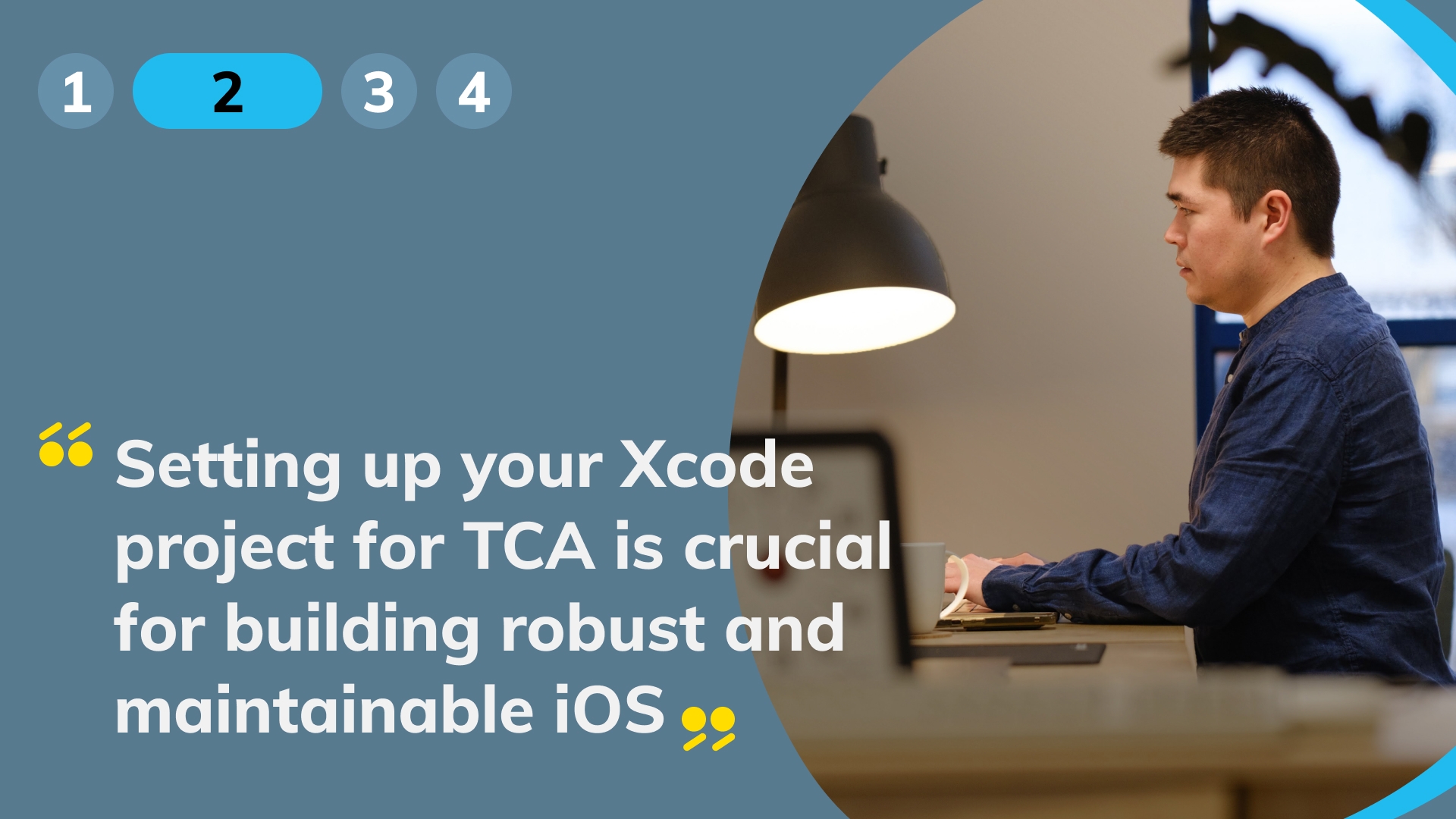Understanding the Core Concepts of The Composable Architecture

In the first part of our comprehensive guide on demystifying The Composable Architecture (TCA) for Swift we explain the fundamental principles of this revolutionary approach.
TCA is a design pattern developed by Pointfree that emphasises composability, testability, and maintainability in iOS app development. It revolves around the principles of unidirectional data flow, immutability, and separation of concerns. In this section, we'll delve into these core concepts, explaining how they form the foundation of TCA and why they're crucial for building robust iOS applications.
Understanding the Core Concepts of The Composable Architecture
Let’s start with the fundamental principles underpinning TCA:
Unidirectional flow of data - Unlike traditional MVC (Model-View-Controller) architectures where data flow can be bidirectional and often convoluted, TCA imposes a strict unidirectional flow of data. This means that data flows in a single direction, from the source of truth (the state) through a series of transformations (reducers) to the UI components. This simplifies the mental model for developers, making it easier to reason about how data changes propagate through the application.
Immutability - In TCA, state is immutable, meaning that once created, it cannot be modified. Instead, any changes to the state result in the creation of a new state object. This principle ensures that changes to the state are predictable and isolated, eliminating common pitfalls associated with mutable state, such as race conditions and unexpected side effects. By enforcing immutability, TCA promotes a more predictable and reliable application behaviour.
Separation of concerns - This principle encourages dividing the application into distinct and loosely coupled components. By separating concerns such as state management, business logic, and UI rendering, TCA fosters modularity and reusability, making it easier to maintain and evolve the application over time. This modular approach also facilitates unit testing, as individual components can be tested in isolation, leading to higher code quality and faster development cycles.
Click here to read part 2 of this blog series; how to set up your Xcode project for TCA.
Looking for something else?
Search over 450 blog posts from our team
Want to hear more?
Subscribe to our monthly digest of blogs to stay in the loop and come with us on our journey to make things better!

